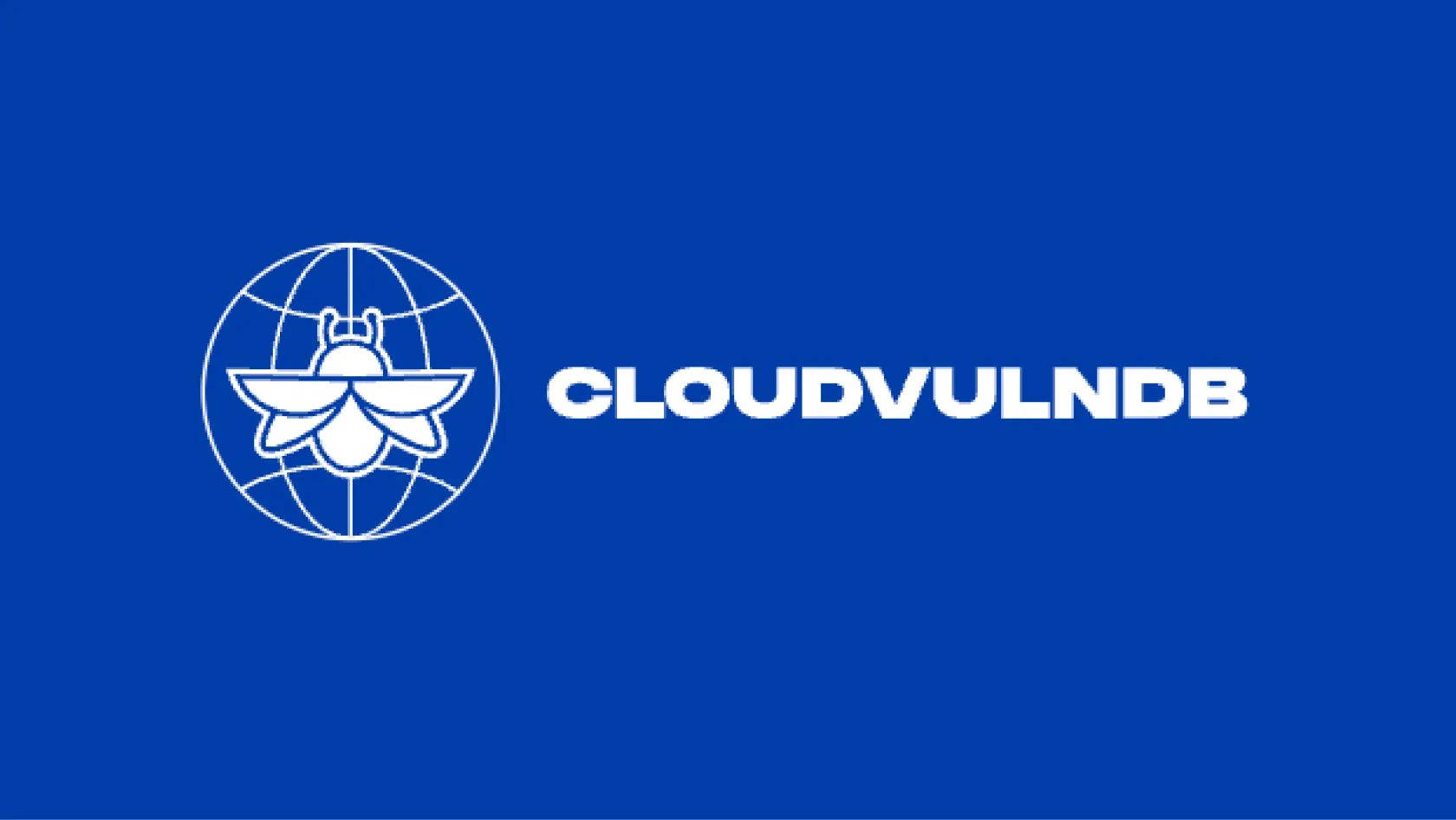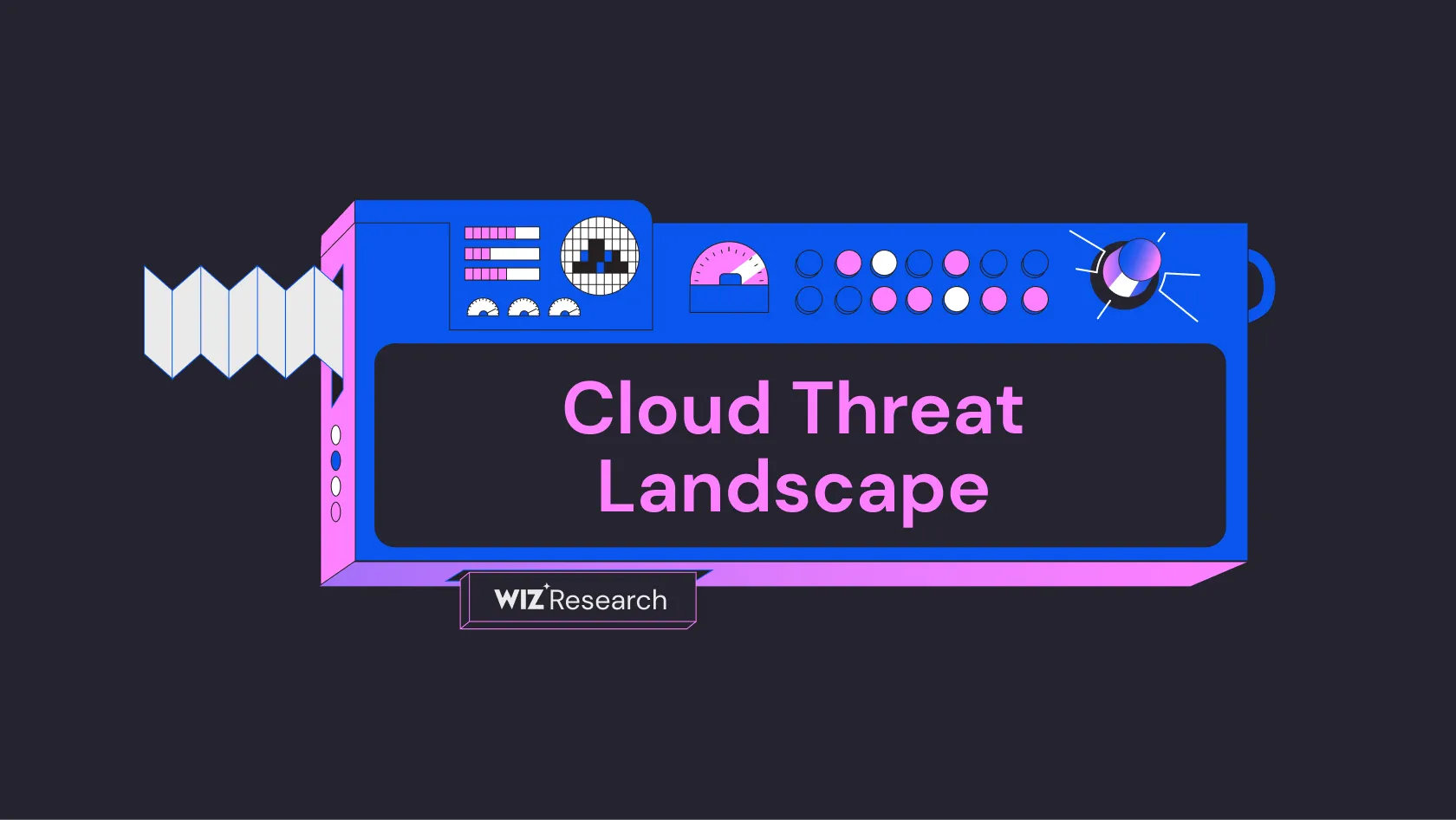
Cloud Vulnerability DB
An open project to list all known cloud vulnerabilities and Cloud Service Provider security issues
CVE-2024-56657 affects the Linux kernel's ALSA (Advanced Linux Sound Architecture) control system. The vulnerability was discovered on December 27, 2024, and involves improper error handling in symlink creation for the ALSA control LED marking layer. The issue affects Linux kernel versions from 5.13 up to 6.6.67, and from 6.7 up to 6.12.6, as well as release candidates 6.13-rc1 and 6.13-rc2 (NVD).
The vulnerability stems from the inappropriate use of WARN() macro for handling symlink creation errors in the ALSA control system. The issue occurs in the sound/core/control_led.c file where WARN() was being used to report symlink creation failures. This implementation caused confusion for fuzzers by indicating serious issues when they were actually routine error conditions. The vulnerability has been assigned a CVSS v3.1 base score of 5.5 (Medium) with the vector string CVSS:3.1/AV:L/AC:L/PR:L/UI:N/S:U/C:N/I:N/A:H (NVD).
The vulnerability primarily affects system stability and error reporting mechanisms. While it doesn't pose direct security risks, it can cause system confusion by raising warning levels for non-critical errors, potentially leading to system instability or incorrect error handling (Kernel Patch).
The issue has been patched by downgrading the warning messages to use the normal dev_err() instead of WARN(). The fix also includes adding function names to the error message prefix for better clarity. The patch has been implemented in the Linux kernel source code (Kernel Patch).
Source: This report was generated using AI
Free Vulnerability Assessment
Evaluate your cloud security practices across 9 security domains to benchmark your risk level and identify gaps in your defenses.

An open project to list all known cloud vulnerabilities and Cloud Service Provider security issues

A comprehensive threat intelligence database of cloud security incidents, actors, tools and techniques

A step-by-step framework for modeling and improving SaaS and PaaS tenant isolation
Get a personalized demo
“Best User Experience I have ever seen, provides full visibility to cloud workloads.”
“Wiz provides a single pane of glass to see what is going on in our cloud environments.”
“We know that if Wiz identifies something as critical, it actually is.”